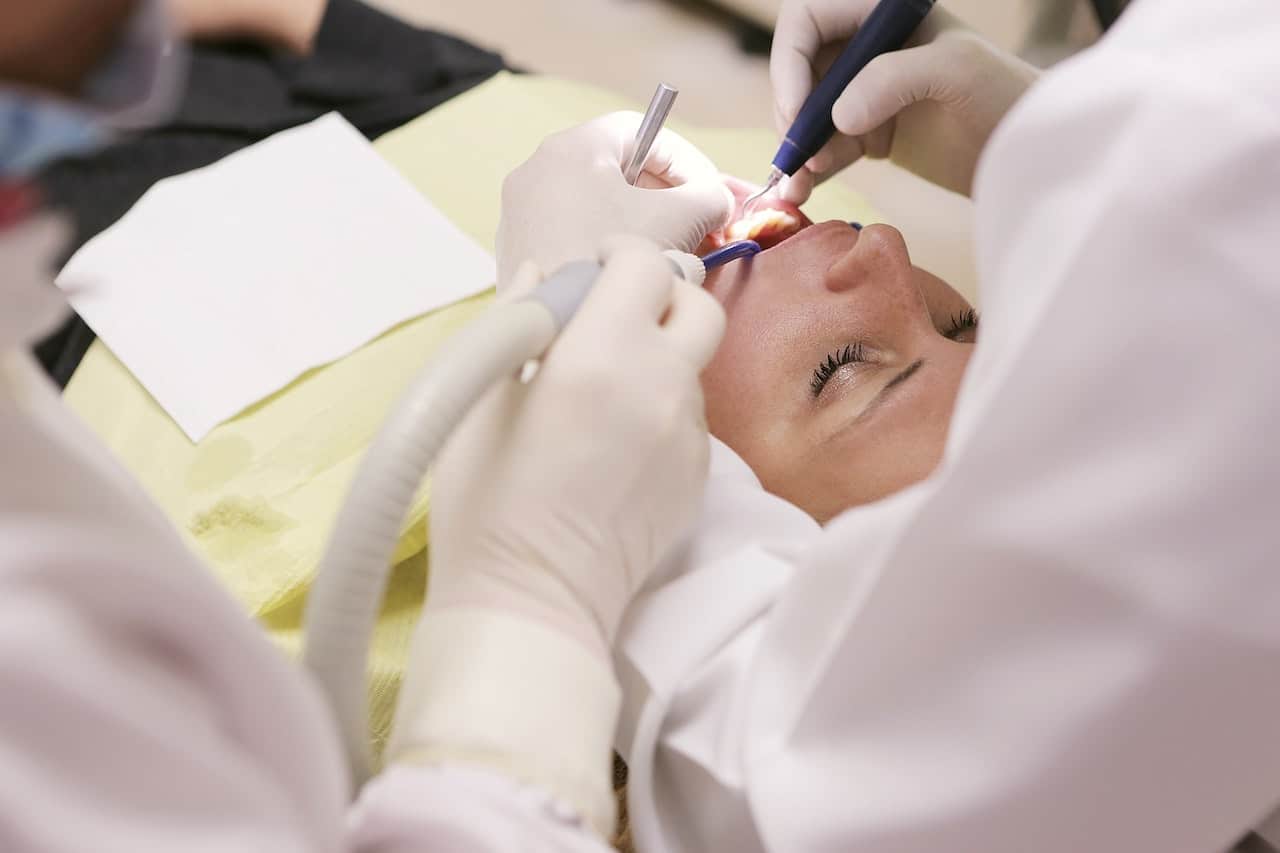Periodontal care is a cornerstone of gentle family dental care, focusing on the health of the gums and supporting structures of the teeth. A strong foundation is essential for a healthy, vibrant smile, making periodontal care an integral part of your overall dental well-being. At Pickering Dental Services, we specialize in a wide range of family dentistry services, including periodontal care, ensuring that all aspects of your oral health are addressed in a comprehensive and compassionate manner.
Gum disease, also known as periodontal disease, is a common oral health issue that affects individuals of all ages. Poor oral hygiene, genetic predisposition, lifestyle factors, and medical conditions can all contribute to the development of gum disease. If left untreated, gum disease can lead to severe oral health complications such as tooth loss, gum recession, and even systemic health issues like heart disease.
Therefore, it is crucial to adopt effective periodontal care practices to maintain the health and longevity of your smile.
In this blog post, we will discuss the importance of periodontal care, the signs and stages of gum disease, prevention and treatment options, and tips to develop and maintain an effective oral care routine at home. By understanding the role of periodontal care in your overall dental health, you can take strides to prioritize your gum health, preserving the foundation of your beautiful and healthy smile.
Join us as we delve into the world of gum care and learn how Pickering Dental Services can partner with you to ensure your dental well-being is nurtured and protected.
Understanding Gum Disease: Signs and Stages
Gum disease, or periodontal disease, is a progressive oral health condition that can be categorized into two main stages:
1. Gingivitis
Gingivitis is the earliest stage of gum disease, characterized by inflammation and irritation of the gums due to plaque buildup. Symptoms of gingivitis can include red, swollen or tender gums, bleeding while brushing or flossing, and bad breath. At this stage, the disease is still reversible with proper oral hygiene and professional dental care.
2. Periodontitis
If gingivitis is left untreated, it can progress to periodontitis, a more severe form of gum disease. This stage occurs as plaque spreads below the gum line, leading to the breakdown of the supporting tissues of the teeth, including the gums, ligaments, and bone. Symptoms can include gum recession, loose teeth, and eventual tooth loss. Periodontitis requires more intensive treatment to halt its progression and preserve the remaining oral structures.
Prevention and Treatment Options
Implementing effective preventive measures and seeking appropriate treatment is crucial to maintaining good periodontal health and avoiding serious complications. Here are some essential methods to manage and treat gum disease:
1. Proper Oral Hygiene
Brushing your teeth twice a day, flossing daily, and using mouthwash can help remove plaque buildup and reduce the risk of gum disease. Choose a toothbrush with soft bristles to avoid damaging your gums, ensuring not to apply excessive pressure while brushing.
2. Regular Dental Checkups and Cleanings
Scheduling dental checkups and professional cleanings at Pickering Dental Services every six months allows your dental professional to monitor your oral health and address any concerns before they escalate. Professional cleanings effectively remove plaque and tartar buildup, keeping your gums healthy.
3. Dental Scaling and Root Planing
If you exhibit early signs of periodontitis, your dental professional may recommend a dental scaling and root planing procedure, also known as deep cleaning. Scaling removes plaque and tartar from above and below the gum line, while root planing smoothens the root surfaces, helping gums reattach to the tooth.
4. Surgical Treatments
For more advanced cases of periodontitis, surgical treatments may be necessary, such as flap surgery or bone and tissue grafts. These options help restore lost gum and bone tissue, improving the overall health and stability of your teeth.
Developing an Effective Oral Care Routine
Incorporating healthy oral care habits at home is essential for maintaining optimal periodontal health. Here are some tips to help you develop an effective oral care routine:
1. Brush Correctly
Ensure you are brushing with proper technique, using circular motions and a 45-degree angle to reach all surfaces of your teeth and gums gently. Brush for a full two minutes to ensure thorough plaque removal.
2. Choose the Right Toothpaste
Select a toothpaste containing fluoride and the Canadian Dental Association (CDA) Seal of Approval, indicating that it meets specific criteria for safety and effectiveness in maintaining oral health.
3. Don’t Forget to Floss
Flossing daily is crucial for removing food particles and plaque buildup between your teeth and below the gum line. Experiment with different types of floss or interdental cleaning tools to find the most comfortable option for you.
4. Use a Therapeutic Mouthwash
Incorporate a therapeutic mouthwash into your oral care routine to help reduce plaque and gingivitis, freshen your breath, and provide an additional layer of protection.
Conclusion
Periodontal care is integral to achieving and maintaining a healthy smile, acting as a foundation for overall dental well-being. By prioritizing gum health through preventative measures, seeking timely professional treatment for issues, and maintaining an effective oral care routine, you can preserve the vitality of your smile and guard against potential complications.
Looking for gentle and comprehensive periodontal care near you? Look no further than Pickering Dental Services! Our commitment to gentle family dental care extends to every aspect of your oral health, including periodontal care. If you have concerns about your gum health or wish to learn more about our comprehensive dental services, please contact our knowledgeable and compassionate team today. We’re here to help ensure your smile remains healthy, resilient, and radiant for a lifetime. Contact us today to schedule your appointment and take the first step toward better oral health.









